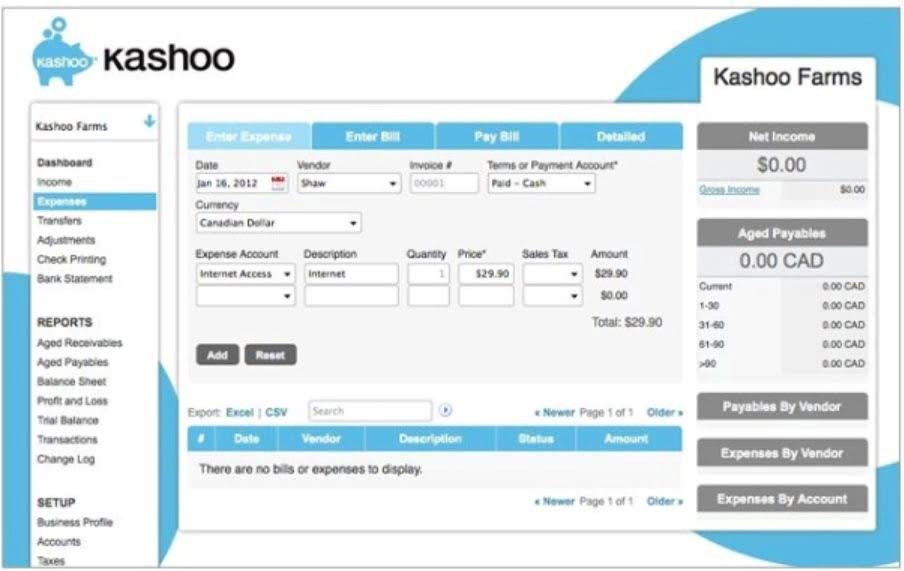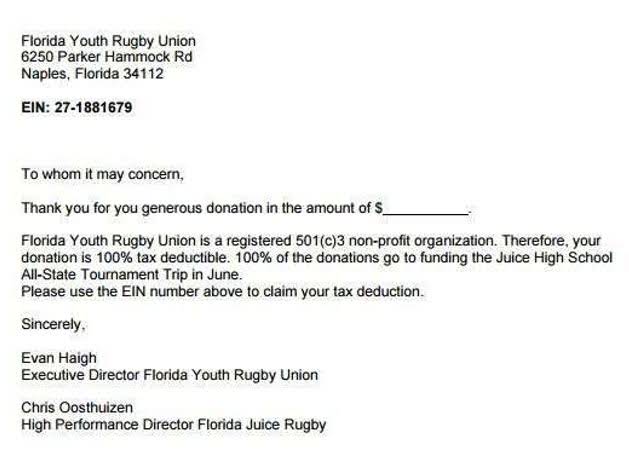
Hence, we have what is a control account in accounting reconciled the balances and can use this balance in the preparation of financial statements. Control accounts are an important component of double-entry accounting and make up the foundation of the general ledger. They serve as a summary report of the total balances for each subledger, and allow for a streamlined analysis of a company’s balance sheet without all of the clunky details contained in each subledger. One account is debit, and another account is credit with a balanced amount.
Understanding Control Accounts: Essential Guide for Beginners

The procedure of comparing the control account with the sales ledger total is called ‘reconciliation’. A control account is used in bookkeeping and accounting to efficiently consolidate balances for summary and reporting purposes. They are a core accounting tool that aids ledger integrity and financial statement accuracy. These accounts are summary accounts that are used to organize and simplify the general ledger to prepare the company’s financial statement. Suppose the closing balance of the accounts payable in the control account (prepared with accumulated balances) is the same as the total accounts payable balance in the general ledger.
- Hence, we have reconciled the control account and receivable balance in the general ledger.
- In this case, there are three possibilities of errors that include the following.
- Control Accounts are the total accounts in the cost ledger which summarizes the totals of individual accounts (subsidiary ledger).
- Rather than clutter up the general ledger and financial statements with all of the details, they are kept in a control account.
- A common example of a control account is the general ledger account entitled Accounts Receivable.
- The control ledger is the summarized account maintaining the records of individual accounts involved in the ledger, and the same is clarified and re-verified.
Example of purchase ledger control account
Here is a worked example to demonstrate how control accounts work, without the financial jargon. Control accounts are summary accounts and considered as a quick glance when you want to know about your sales or purchase performance. As we can analyze, that carried forward balance of the control account is equal to the closing balance in the general ledger, totaling to $180,000.
Sustainable Scaling: 7 Cost-Effective Ways To Grow Your Business Without Operational Strain
Suppose that on December 31, 2020, the total debtors in the general ledger of ABC manufacturing company valued at $180,000 as break-up is shown. Here are some of the disadvantages of such an overhead control account. And the “bank” figure of $6,000 in this same account could be traced back to the cash Law Firm Accounts Receivable Management payments journal (which shows all payments of cash). For the past 52 years, Harold Averkamp (CPA, MBA) hasworked as an accounting supervisor, manager, consultant, university instructor, and innovator in teaching accounting online. For the past 52 years, Harold Averkamp (CPA, MBA) has worked as an accounting supervisor, manager, consultant, university instructor, and innovator in teaching accounting online. This could be duplicate postings, different times being shown or unsupported entries.

Litalist: Building a Community Between Book Lovers and Booksellers

Like the sales ledger account, control accounts are also commonly used for purchase ledgers. Both the sum of the supplier accounts and the purchase ledger control account need to match. Firstly, in the subsidiary ledger, you will maintain separate records of each customer and supplier (cash outflows and cash inflows).

What are Control Accounts?
- In a small business the accounts can be kept in one accounting general ledger and a trial balance can be extracted from that ledger.
- To do so, we get accumulated balances that affect the movement of accounts.
- In accounting, the controlling account (also known as an adjustment or control account1) is an account in the general ledger for which a corresponding subsidiary ledger has been created.
- E.g., it may be a separate account designed for vendors and maintained, which summarizes the personal accounts.
- Control accounts are most commonly used by large organizations, since their transaction volume is very high.
- Now, we are confident in the accuracy of the receivable balance and can be used to form a financial statement.
- When monitoring your business’s general ledger, you may have an accounts receivable control account.
Trade receivable for the period stands at $10000 in different debtors’ accounts, and trade payable stands at $ in different creditors’ accounts. Control accounts are essentially summary accounts in the general ledger. They contain totals instead of amounts relating to individual debtors or creditors.
- This detailed information is needed for tracking accounts receivable, accounts payable, and inventory.
- Find out how GoCardless can help you with one-off or recurring payments.
- Suppose the closing balance of the accounts payable in the control account (prepared with accumulated balances) is the same as the total accounts payable balance in the general ledger.
- A control account is used in bookkeeping and accounting to efficiently consolidate balances for summary and reporting purposes.
Key Points About Control Accounts
A control account works as an adjusting and controlling account that summarizes and sums up balances of all subsidiary accounts’ information of a specific account type in a general ledger. Subsidiary accounts are used to provide support and detailed information on a related account type. In accounting, control accounts are summary accounts in the general ledger. They reflect the balance of transactions noted in the corresponding subsidiary account. This way the ledger only has one accounts receivable account instead of hundreds. If more information is needed for a specific customer, the subsidiary accounts and records can always be reviewed.
Sir Keir Starmer Set To ‘Unleash AI’ – What Does It Mean For UK Business?
Control accounts are mainly used to help identify errors in the subsidiary ledgers, but the use of them gives a business a number of additional advantages. Smaller companies may be able to rely on control accounts if they remain balanced using double-entry accounting. With QuickBooks accounts receivable, as invoices go out the control account is debited, which increases the balance. And as payments come in, the control account is credited, decreasing the balance. (i) Control accounts provide a summary of transactions recorded in various subsidiary ledger.